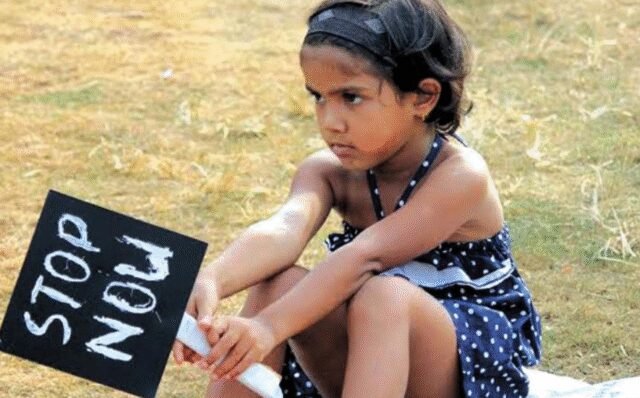Hyderabad: India’s position in the World Economic Forum’s (WEF) Global Gender Gap Report 2025 stands at 131 out of 148 countries. However, its meaning has several layers in Telangana, where the numbers say girls are vanishing even as policies announce their protection. The state’s child sex ratio, as per NFHS-5, has dropped to 894 girls for every 1,000 boys.
The Sample Registration System’s sex ratio at birth for Telangana stands at 892, which places it among the worst in the south. While the country’s average improved to 913, the decline in this state continues despite growing education levels, welfare schemes and workforce participation.
The sex ratio at birth measures how many girls are born per 1,000 boys. The child sex ratio includes all girls aged 0 to 6 and accounts not just for birth bias but also for early neglect. The drop in these figures reflects both who is being born and who is being allowed to survive. Telangana’s total fertility rate, which is currently at 1.8, is also below the replacement level. Women are having fewer children, but a preference remains. Experts say that when families have fewer births, their desire for a son concentrates. Education, it seems, has altered many things, but not that.
Further, over Rs.6,500 crore has been spent through the Kalyana Lakshmi scheme between 2018 and 2023. Another Rs.1,200 crore went into Shaadi Mubarak. Both offer financial support for the marriage of girls from poor families.
Child rights campaigner Prof Shantha Sinha called the logic out saying, “We are incentivising girls’ marriages instead of investing in their education. Schemes like Kalyana Lakshmi and Shaadi Mubarak send the wrong message. You keep a girl unmarried, she ages and becomes expensive. Better to educate her and make her independent.” She added that the lack of district-wise intervention on sex ratios has made the issue disappear from the public conversation and has made things worse. “We have stopped talking about it.”
The PLFS 2023-24 shows female labour force participation in Telangana stands at over 52 percent, well above the national average. Women in the state are working, but it is not translating into wider gender equality. “We have joblessness, poor education investment and almost no effort in skilling or reskilling women. The dropout rate is still high and about 30 percent of girls leave school early. Literacy isn’t just signing your name,” said Prof. P.L. Vishweshwar Rao, member of the Telangana Education Commission. “Nutrition through anganwadis is poor and gender sensitisation doesn’t exist in school curriculum. We’ve spoken about 33 percent reservation for women for 30 years. But when it comes to political participation or leadership, the woman’s name may be there, but it’s often the husband who sits in her place.”
Inside fertility clinics, the bias surfaces as well. “One or two out of ten couples still ask if it’s a boy or girl,” said Dr Swathi, a gynaecologist and infertility specialist based in Hyderabad. “We explain the law. Counselling helps. But the mindset needs work.”
Studies back what people are seeing. A UNFPA report projected 6.8 million missing female births in India between 2017 and 2030. Research from India has shown that female education initially increases the preference for sons before gradually correcting over time. Other findings confirm that households influenced by patrilocal norms where women move into the husband’s family are more likely to discriminate against daughters, both at birth and after.






